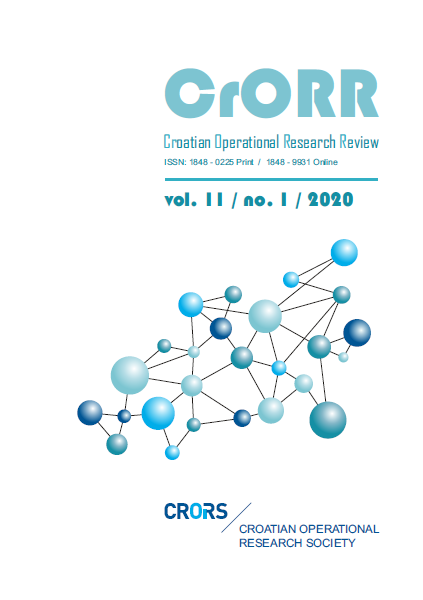Parameter identification in the mathematical model of glucose and insulin tolerance test - the mathematical markers of diabetes
Abstract
Glucose tolerance test (GTT) is standard diagnostic procedure that tests the efficiency of blood glucose-lowering hormones (insulin, incretins, leptin). Contrary, insulin tolerance test (ITT) is probing efficiency of blood glucose-rising hormones (glucagon, thyroxine, growth hormone, glucocorticoids, adrenalin, noradrenalin). These two hormone systems together maintain blood glucose levels in a narrow range. Various pathophysiological mechanisms give rise to a reversible condition -- prediabetes which then progresses to an irreversible chronic disease -- diabetes, both marked with deviation of blood glucose levels outside the set range. In diagnostic purpose, the patient is given glucose load, and blood glucose is measured right before and 2 hours after load. Measurements are more frequent after insulin injection (ITT) or if both tests are performed on experimental animals. In this paper we analyse the mathematical model for GTT and ITT. The obtained model function is a useful tool in describing the dynamics of blood glucose changes.
Downloads
Published
Issue
Section
License
- Authors retain copyright and grant the journal right of first publication with the work simultaneously licensed under a Creative Commons Attribution License that allows others to share the work with an acknowledgement of the work's authorship and initial publication in this journal
- Authors are able to enter into separate, additional contractual arrangements for the non-exclusive distribution of the journal's published version of the work (e.g., post it to an institutional repository or publish it in a book), with an acknowledgement of its initial publication in this journal.
- Authors are permitted and encouraged to post their work online (e.g., in institutional repositories or on their website) prior to and during the submission process, as it can lead to productive exchanges, as well as earlier and greater citation of published work (See The Effect of Open Access).


